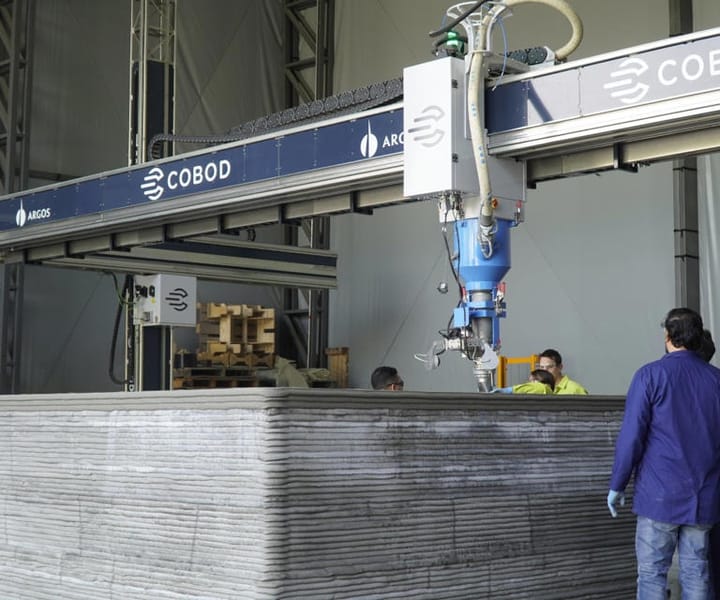China National Building Material International Applies for Patent on High-Value Resource Utilization System for Waste Concrete
China National Building Material International has filed a patent application for a system and method aimed at the high-value resource utilization of waste concrete, focusing on reducing pollution, carbon emissions, and enhancing efficiency.

In a recent announcement by the National Intellectual Property Administration, China National Building Material International Engineering Co., Ltd. has submitted an application for a patent titled "A System and Method for High-Value Resource Utilization of Waste Concrete," with the publication number CN117658498A and an application date of November 2023. The patent abstract reveals a system designed for the efficient utilization of waste concrete, comprising preheating, calcination, cooling, separation, crushing, dust collection, and conveying subsystems.
This innovative system involves incorporating pre-sorted and pre-homogenized waste concrete into the production of silicate cement clinker. The process includes crushing, screening, and separating waste concrete to produce powder that can be used as a blending material. The separated blocks are preheated, calcined in a rotary kiln, cooled, and then processed through a V-type powder selector to separate coarse aggregates. Subsequently, fine aggregates and recycled waste concrete micro-powder are separated using additional powder selectors and dust collectors.
By integrating this system with cement production lines, the invention aims to synergistically reduce pollution, lower carbon emissions, and enhance efficiency by separating fine aggregates, coarse aggregates, and hardened cement slurry from waste concrete. This approach enables the high-value resource utilization of waste materials through various methods tailored to the characteristics of each component.
Source: m.jrj.com.cn



